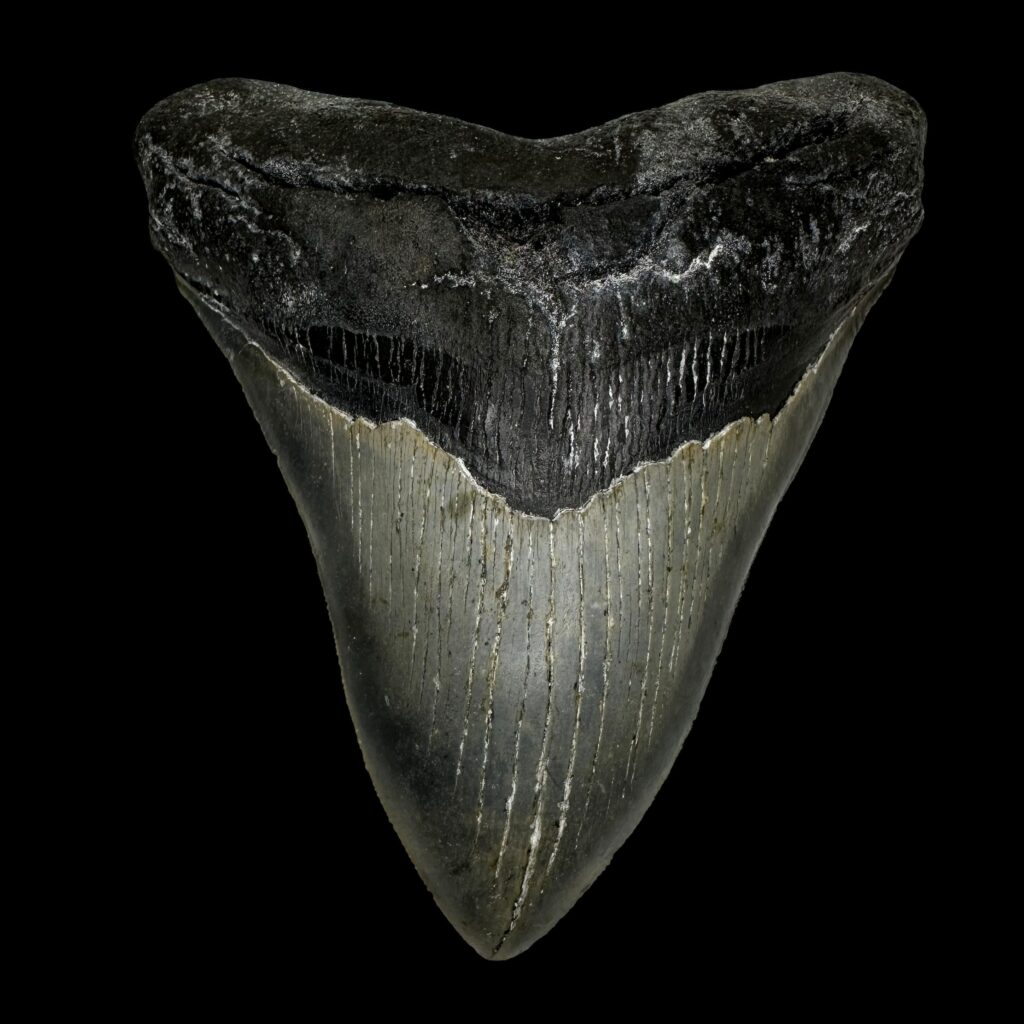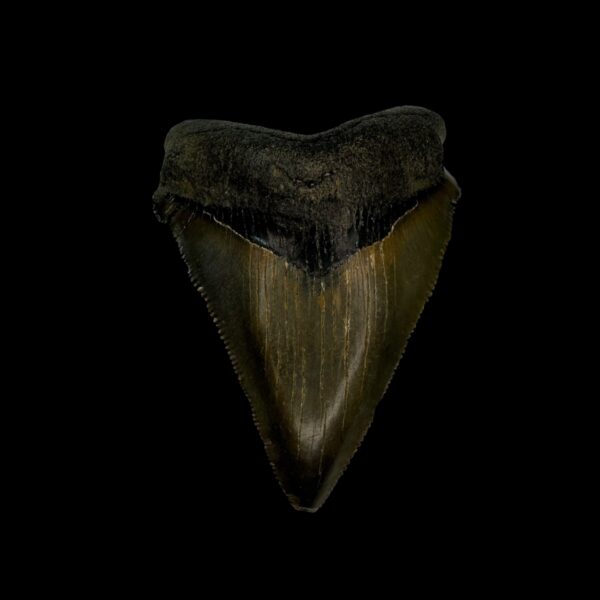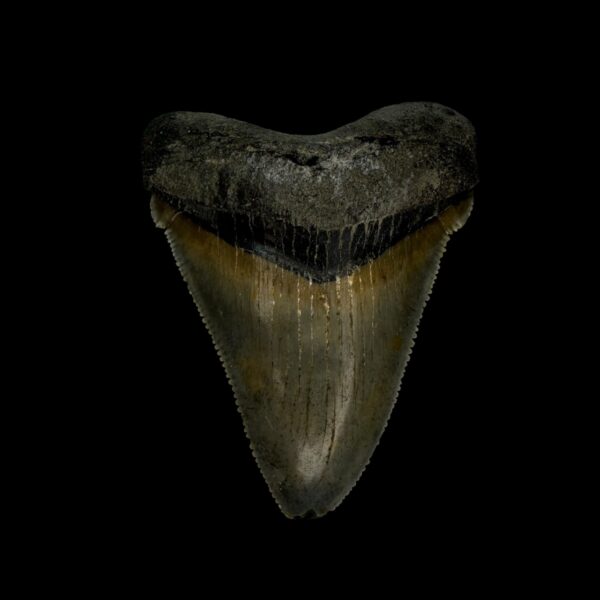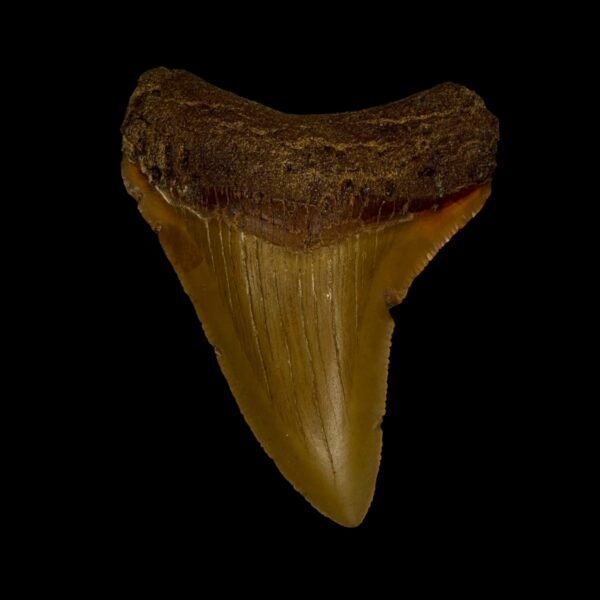Shark Tooth: Unearthing the Prehistoric Predators
Shark teeth are some of the most fascinating fossils ever discovered, offering a glimpse into the power and evolution of these ancient ocean predators. Unlike bones, shark teeth fossilize easily, making them one of the most commonly found prehistoric remains. Among them, Megalodon teeth stand out as some of the largest and most sought-after shark fossils.
How Do Shark Teeth Fossilize?
Sharks continuously shed and replace their teeth throughout their lives, sometimes losing tens of thousands of teeth. When a tooth falls to the ocean floor, it may become buried in sediment. Over millions of years, minerals replace the organic material, preserving the tooth as a fossilized shark tooth.
Where Are Shark Teeth Found?
Shark teeth fossils can be discovered worldwide, especially in areas that were once covered by prehistoric oceans. Some of the best locations include:
📍 Florida, USA – Peace River and Venice Beach are hotspots for Megalodon teeth.
📍 South Carolina, USA – The Cooper River is a famous hunting ground.
📍 North Carolina, USA – Fossils are often found in the phosphate mines.
📍 Morocco – Rich in ancient shark fossils.
📍 Peru – Known for well-preserved prehistoric shark teeth.
The Largest Shark Teeth Ever Found
The Megalodon (Otodus megalodon), the largest shark to ever live, had enormous teeth reaching up to 7 inches (17.8 cm) long. These serrated teeth were designed for crushing bones and tearing through the thick flesh of whales and other marine mammals.
🦷 Why Were Megalodon Teeth So Big?
Megalodon was an apex predator, meaning it sat at the top of the food chain. Its massive jaws and sharp teeth allowed it to take down even the largest prey, ensuring its dominance in prehistoric oceans.
How to Find a Shark Tooth Fossil
Many fossil hunters dream of finding a shark tooth, especially a Megalodon tooth. Here are some expert tips:
🔹 Search along riverbeds and coastal areas where sediment has shifted.
🔹 Look after storms—they can wash up fossils onto beaches.
🔹 Use a sieve or small shovel to dig through the sand and mud.
🔹 Visit well-known fossil-rich locations like Florida’s Peace River.
The Extinction of the Megalodon
Despite being the ultimate ocean predator, Megalodon went extinct around 3.6 million years ago. Scientists believe several factors contributed to its downfall:
🔥 Climate Change – Cooler oceans reduced its food supply.
🐋 Competition – Smaller, more agile predators like great white sharks outcompeted them.
🌍 Ecosystem Shifts – The disappearance of certain whale species may have starved them out.
Final Thoughts
Shark teeth fossils provide a window into the prehistoric ocean. Whether you’re a fossil hunter or simply fascinated by ancient marine life, discovering a shark tooth fossil is like holding a piece of history. Who knows? Maybe one day, you’ll uncover a Megalodon tooth of your own!
he Largest Shark Teeth Ever Found
The Megalodon (Otodus megalodon), the largest shark to ever live, had enormous teeth reaching up to 7 inches (17.8 cm) long. These serrated teeth were designed for crushing bones and tearing through the thick flesh of whales and other marine mammals.
🦷 Why Were Megalodon Teeth So Big?
Megalodon was an apex predator, meaning it sat at the top of the food chain. Its massive jaws and sharp teeth allowed it to take down even the largest prey, ensuring its dominance in prehistoric oceans. Unlike modern sharks, Megalodon had five rows of teeth, with approximately 276 teeth in its mouth at any given time. Throughout its lifetime, a Megalodon could go through up to 40,000 teeth!
Enlaces externos (DoFollow Links):
- Fosilización – https://www.nhm.ac.uk/discover/what-is-fossilisation.html
- Ubicaciones de caza de fósiles – https://www.fossilguy.com/sites/finding_fossils.htm
- Guía para encontrar dientes de tiburón – https://www.floridamuseum.ufl.edu/science/how-to-find-shark-teeth/
- Extinción del Megalodon – https://www.smithsonianmag.com/science-nature/how-megalodon-went-extinct-180973509/
Enlaces internos:
- Especies prehistóricas de tiburones – https://thefossilexchange.com/prehistoric-sharks
- Tienda de fósiles de dientes de tiburón – https://thefossilexchange.com/shark-tooth-fossils
Si necesitas más enlaces o ajustes, dime y lo mejoramos.





